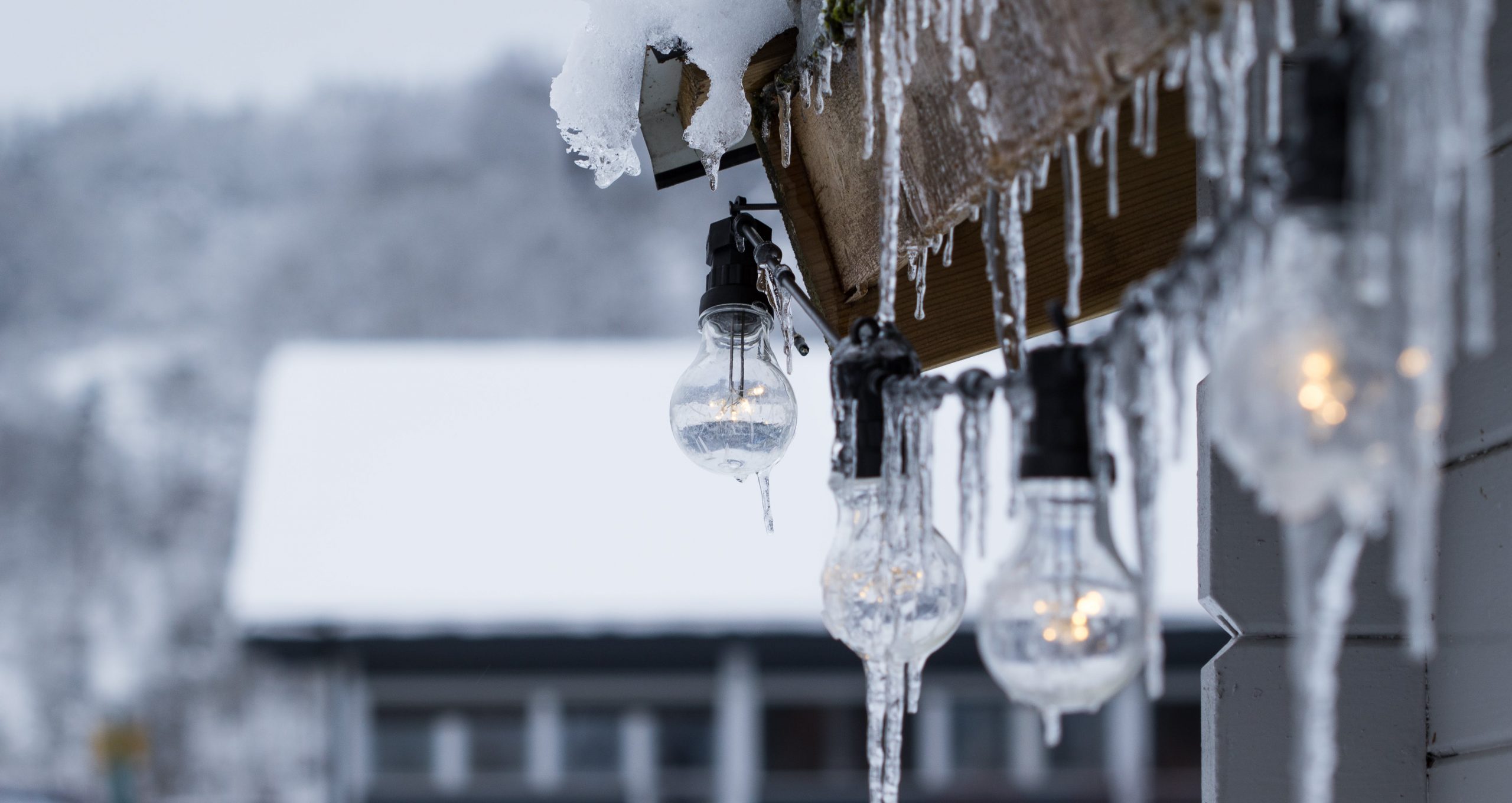As the temperature drops and snow blankets the ground, winter often brings higher energy bills along with its seasonal charm. Keeping your home warm and cozy doesn’t have to cost a fortune. By making a few adjustments and adopting energy-efficient habits, you can save money and reduce your environmental impact. Here are some practical winter energy-saving tips to keep your home comfortable and your wallet happy.
1. Seal Drafts and Leaks
Cold air seeping through gaps and cracks can significantly impact your home’s heating efficiency. Inspect windows, doors, and other potential entry points for drafts. Use weatherstripping or caulking to seal gaps, and consider adding door sweeps to keep cold air out. For older windows, applying plastic window film can provide an extra layer of insulation.
2. Upgrade Your Insulation
Proper insulation is key to maintaining a warm home in the winter. Check your attic, walls, and basement for sufficient insulation levels. If needed, add more to prevent heat from escaping. Insulating your pipes can also help prevent freezing and improve your home’s energy efficiency.
3. Use a Programmable Thermostat
A programmable or smart thermostat allows you to adjust your home’s temperature based on your schedule. Lowering the temperature by a few degrees while you’re sleeping or away from home can result in significant savings without sacrificing comfort.
4. Let the Sunlight In
Take advantage of free solar heat by opening curtains and blinds on south-facing windows during the day. The sun’s rays can naturally warm your home. Close the curtains at night to provide an extra layer of insulation against the cold.
5. Maintain Your Heating System
Regular maintenance of your heating system ensures it runs efficiently. Replace furnace filters every 1-3 months and schedule an annual professional tune-up. A well-maintained system uses less energy and provides better heating.
6. Use Ceiling Fans Wisely
Ceiling fans aren’t just for summer! Set your fan to rotate clockwise at a low speed during winter. This helps push warm air, which naturally rises, back down into the living space.
7. Lower Your Water Heater Temperature
Many water heaters are set at 60°C (140°F) by default, but lowering it to 49°C (120°F) can save energy and reduce the risk of scalding. Insulating your water heater tank and pipes can also help retain heat.
8. Dress for the Season
Sometimes the simplest solutions are the most effective. Layer up with cozy sweaters and blankets, and use area rugs to add warmth to cold floors. These small adjustments can help you feel comfortable without cranking up the thermostat.
9. Switch to Energy-Efficient Lighting
With shorter daylight hours, lights tend to stay on longer in winter. Replace incandescent bulbs with energy-efficient LEDs, which use less energy and last longer.
10. Unplug Unused Electronics
Even when turned off, electronics and appliances can draw small amounts of power. Unplug chargers, entertainment systems, and other devices when not in use to save energy.
Bonus Tip: Consider Energy-Efficient Upgrades
If it’s within your budget, consider upgrading to energy-efficient windows, doors, and appliances. These investments can lower your energy bills in the long run and may qualify for government rebates or incentives. If you’re a HydroOne customer you may be eligible for an energy savings program or rebate. Check out their residential incentive programs here.
The Ontario government has launched new energy efficiency programs, including the new Home Renovation Savings Program, to help families and businesses save money. The programs are part of a new $10.9 billion, 12-year investment in energy efficiency, the largest in Canadian history. Check out the details here.
By implementing these tips, you can stay warm and save money this winter while reducing your energy consumption. Not only will your efforts benefit your household budget, but they’ll also contribute to a more sustainable future. Stay cozy and energy-conscious this winter!

 Facebook
Facebook
 X
X
 Pinterest
Pinterest
 Copy Link
Copy Link



